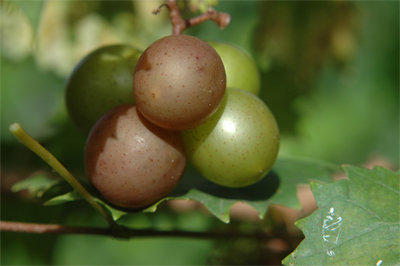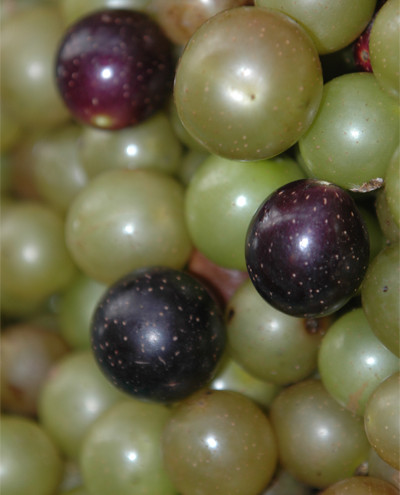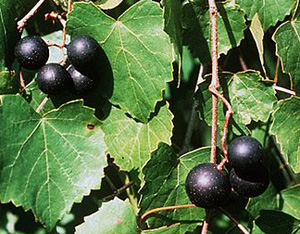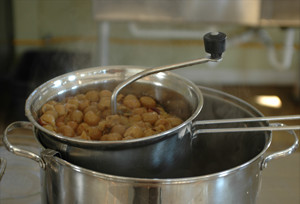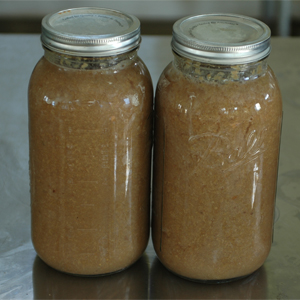Survive our toxic food
They way we produce food, meat and produce, is so unnatural, we now have shockingly unnatural and unhealthy food arriving at the Grocery store. Wave after wave of infected, meat, eggs, and produce have found their way to our supermarkets and there is no end in sight. When eggs, one of the most natural foods, arrive to you filled with infection, you know there is a problem. It’s all pretty depressing. But, the good news is that there is something you can do. Have a glass of muscadine juice with each meal. Drinking muscadine juice or wine, or smearing some muscadine jelly on your bread, with meals, may help protect you and your loved ones from death by food. Here is some evidence to this effect.
Two studies found that Red muscadine juice killed Cronobacter sakasakii, a lethal bacteria found in baby food and formula. The good news was that this effect increases with heating the grapes in processing, so, cooking muscadines to make juice or jelly does not hinder this activity. In addition, Red muscadine juice was found to have a strong anti-E.coli activity. Two killers knocked out with a tasty glass of muscadine juice.
Here is the study I found really interesting. Factory farm chickens, fed ground muscadines, had an increased resistance to two lethal digestive infections, often found in chicken factories(coccidiosis and necrotic enteritis). This big news. These birds are kept in horrific living conditions and are bombarded with crap. Literally bombarded. As such, when a digestive disease hits the chicken factory farm, the chickens only survive with massive doses of antibiotics. Muscadines raising these birds resistance to digestive disease, in their crap filled world, is nothing short of a miracle. And, if could do that for the chickens, it might be able to help us survive crap filled food.
Skip Looking Older than Dirt
Anti-oxidants reduce the damage free radicals do to our bodies, and, a diet rich in anti-oxidants may reduce your chance of a heart attack and or ending up looking older than dirt. Four studies revealed that Muscadine grapes are incredibly high in free radical neutralizers, or, as they are more commonly known, anti-oxidants. In fact 88 compounds with anti-oxidant activity were found in muscadines. Though filled with anti-oxidants, ellagic acid is one of the most powerful. Slow the clock with a muscadine.
Anti-inflammatory
One of the parts of getting older that really sucks is all the aches and pains that come with a used body. Creeping out of bed in the morning becomes a procedure rather than a mindless activity. Well, regular muscadine consumption might help. Muscadines have been proven to have anti-inflammatory effect in mice with artificially induced skin irritation. It was also found to have in vitro(In the test tube) and in vivo(in living animals) anti-inflammatory effect on joint and muscle inflammation.
Anti-Cancer Activity
Anti-oxidants have a natural anti-cancer activity. They prevent damage to cells that lead to cancer. But, there is more anticancer activity here than that. Researchers revealed that Red muscadine juice caused colon cancer cells to self destruct, and concluded that muscadines’ had anticancer properties.
Drunk Alert!
Of the many downsides associated with being a drunk is bad health. A study with mice revealed that muscadine wine contains chemicals that offset the damage alcohol does to the body. Specifically, the loss of immune function due to alcohol consumption. Whereas alcohol depresses immune function, compounds found in muscadines stimulate immune function. The good in the wine counteracted the bad. If you like to get drunk, this may be a healthier option.

